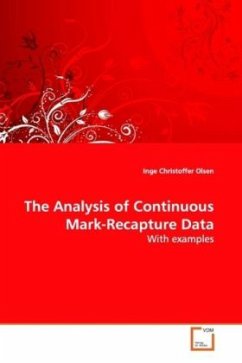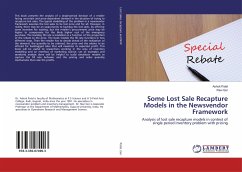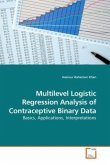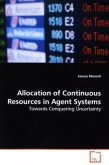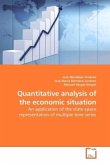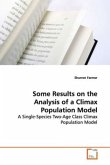Mark-Recapture methodology has been one of the major
experimental methods for gaining information on
wildlife populations over the last 100 years. The
standard methodology for assessing mortality rates in
open populations (the Cormack-Jolly-Seber method and
its expansions) has assumed that the recapture are
done instantaneously, or at least during a very short
interval. This is often not the case as the sampling
is often done during a season or a long term field
trip. This text presents methods for analysing
capture- and mortality rates from mark-recapture data
where the data are not collected instantaneously, but
more or less continously. The metod is based on
semi-parametric models often used in survival
analysis, such as the Kaplan-Meier or Cox models. The
methods are illustrated using real data on fish and
bird poulations.
experimental methods for gaining information on
wildlife populations over the last 100 years. The
standard methodology for assessing mortality rates in
open populations (the Cormack-Jolly-Seber method and
its expansions) has assumed that the recapture are
done instantaneously, or at least during a very short
interval. This is often not the case as the sampling
is often done during a season or a long term field
trip. This text presents methods for analysing
capture- and mortality rates from mark-recapture data
where the data are not collected instantaneously, but
more or less continously. The metod is based on
semi-parametric models often used in survival
analysis, such as the Kaplan-Meier or Cox models. The
methods are illustrated using real data on fish and
bird poulations.

